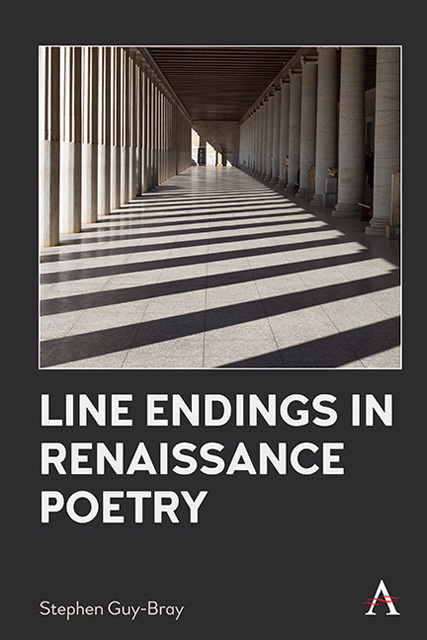Chapter 4 - Sestina
Published online by Cambridge University Press: 10 January 2023
Summary
I hope to have shown throughout this book how important the choice of words to end lines is. The sestina form is especially interesting in this regard. In the case of blank verse or free verse, the choice of end words is almost boundless; in the case of rhyming poetry, there is typically a wide choice for each succeeding rhyme; in the case of the sestina, the choice is restricted to the first stanza. After that, the sestina moves inexorably through its various permutations. While different poets may use different patterns of repetition, the repetition is always present. Because of this, the sestina might seem to be the perfect example of how form can come to dictate content and not just to give it a shape. One objection to this idea is that the opposition of form to content is often, if not always, a false dichotomy. Here, I am thinking of a comment made by the America poet Robert Creeley: “content is never more than an extension of form and form is never more than an extension of content.” Creeley’s repeated “never” is rather too emphatic, but it is certainly true that when we think about any art object we should try to think about form and content together. As Kimberly Johnson has recently pointed out, “the work of art must be encountered not as a transparent window onto a narrative (content) nor as a set of denarrativized obstructions (form) but rather as a mechanism that modulates between the two.” With its highly conspicuous form, a form that is further emphasized in the relatively rare rhyming version that is one of my concerns in this chapter, a really successful sestina is especially well equipped to give us the opportunity to consider form and content in close relation.
It has to be admitted that there are more failed sestinas than successful ones, however. Far too many sestinas show signs of the poet’s straining to work within the set form. By contrast, in a successful sestina the poet works the content and the form together: the extent to which the form threatens to overwhelm the content can become the content.
- Type
- Chapter
- Information
- Line Endings in Renaissance Poetry , pp. 59 - 78Publisher: Anthem PressPrint publication year: 2022



